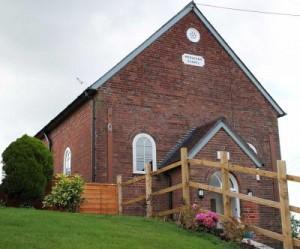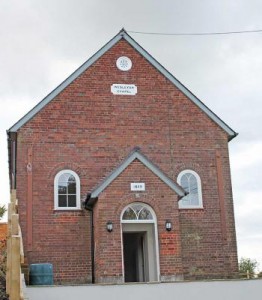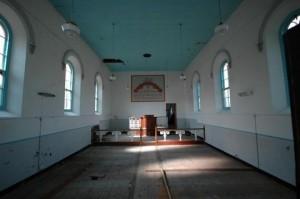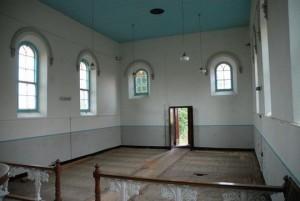West Grimstead was a scene of religious rivalry between the Anglican Church and Methodism in the mid 19th century when the overwhelming majority of the landowners, farmers and tradesmen were non-conformists or sympathetic to non-confomity. In 1811 the first certificate for non-conformist worship in West Grimstead was issued, for the house of Henry Rumbold.
Another followed in 1812, for the house of Joseph Compton and one more in 1813, for Methodist worship, in the house of Thomas Mussel. A chapel was built apparently in 1825 and by 1864 the chapel proved more popular than the church. Numbers at the chapel topped 100 while there were around 60 attending the church.
The chapel also had a popular school from 1855. The Rev. E.B. Martin was particularly bitter about the popularity of Methodism and the encouragement given by the gentry and farmers and reported that his congregation had dropped, of those that attended his morning and afternoon services only 15 adults worshipped solely at the church.
Chapel goers were so numerous that the chapel was too small that the trustees asked for tenders to build a larger chapel at their meeting in May 1869 and in June awarded the contract. It was built by Mr E.L. Nunn on the site of the first chapel for £175. In 1877 the Trustees asked if they could build a new schoolroom at the rear and in 1885 a schoolroom was added to the edge of the chapel at a cost of £150. Methodism continued to flourish in the parish and in 1909, when the Rev. Wilkinson became rector he found the Methodists ‘rather militant’. He found them far keener than his own flock but he gradually brought the two antipathetic groups together.
Pre-eminent in the 1920’s and 1930’s and most social life was based on the chapel. Methodism declined after the Second World War and only closed in the 21st century. In 2011 the chapel was sold and converted to domestic use in 2012.
………………………………………………………………………………………………………………………………………………………………
The Chapel after it was stripped for redevelopment, in 2011………………………….
………………………..




